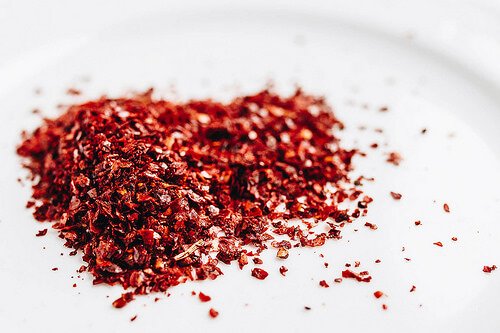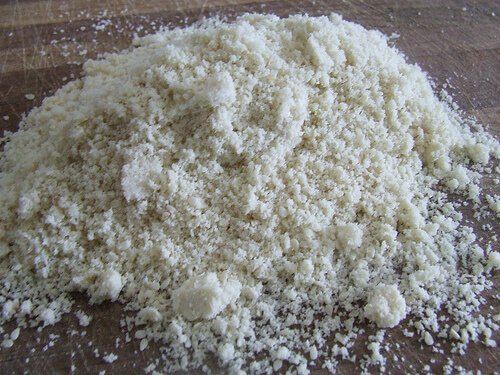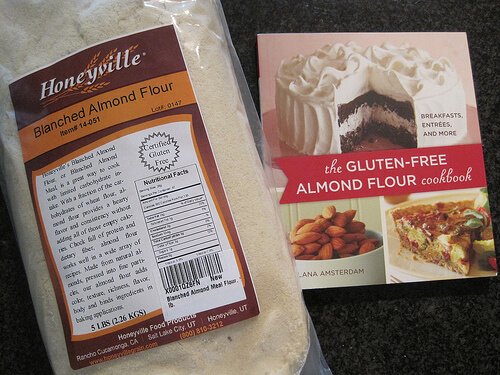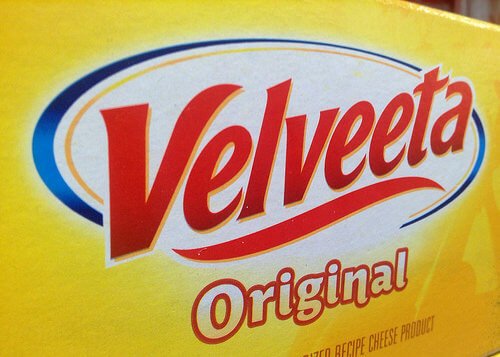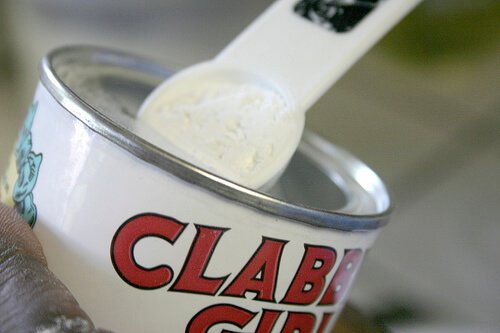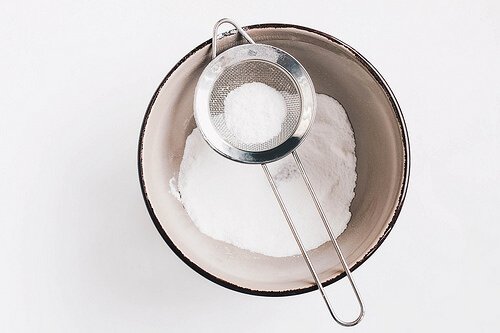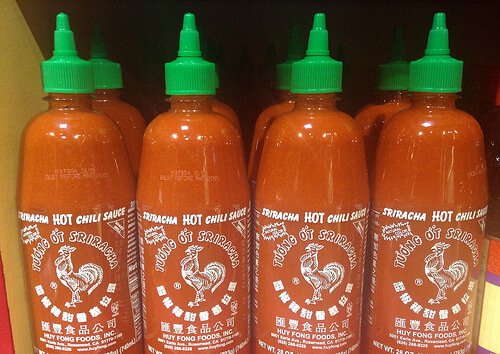Does amaretto go bad? Amaretto is an Italian liqueur that’s flavored traditionally with bitter almonds. These days, Amaretto is flavored with peach pits or apricot pits to simulate the bitter notes of almonds. This sweetish liqueur can be served on its own or mixed in cocktails. Amaretto can be used in cooking and it can be added to hot beverages too.
Now to answer the question of whether amaretto goes bad, all types of alcoholic beverages have a long shelf life. Amaretto will degrade in quality over time, especially if it has been stored improperly or if the container is not completely sealed but it will not go bad as quickly. That’s because alcohol, in itself, has self-preserving abilities. Alcohol inhibits bacterial and mold growth, which are the main reasons why most foods and drinks go bad. In addition, amaretto contains preservatives, which also contributes to its resistance to mold and bacterial growth. Hence, amaretto is one of the few drinks that will keep indefinitely in storage.
Image used under Creative Commons from Corey Balazowich
That’s not to say that the drink will remain the same over time. Once a bottle of amaretto has been opened, its potency will decline after a couple of years. Other factors, such as exposure to light, moisture, or unstable temperature, could decrease the quality of the drink even more. That’s why it pays to know how to store amaretto properly.
How to Store Amaretto?
Storing Amaretto in the Pantry
Unopened bottles of amaretto are best kept in the pantry, away from light, heat, moisture, and unstable temperature. By keeping the amaretto tightly sealed, air cannot seep into the container that can shorten its shelf life. Do note that amaretto contains natural sugars, which are susceptible to spoilage. If you are storing opened bottles of amaretto, we recommend using up your supply as soon as possible for optimal flavor. In addition, keep the container tightly sealed after every use.
Storing Amaretto in the Refrigerator
Should you store amaretto in the fridge? It is not the recommended storage option for amaretto because low proof alcoholic beverages tend to degrade much faster in cold environments. The general rule is, alcoholic beverages with higher proofs tend to do better in the fridge than liqueur with lower proofs. But if you are using amaretto in cooking, chilling an opened bottle of amaretto should be fine. Just make sure to use up your supply as soon as possible for optimal flavor.
We do not recommend freezing any type of liqueur, including amaretto. The freezing temperature may alter the flavor of the drink. Also, the amaretto won’t be as potent as the drink is exposed to air while thawing.
Image used under Creative Commons from Edsel Little
Shelf Life of Amaretto
Purists say that opened bottles of alcoholic drinks must be consumed within six months or less for optimal flavor. However, amaretto will keep in the pantry for 2 to 3 years before it starts losing its flavor and potency. The drink is still safe to use even as it loses its potency but the flavor won’t be as appealing anymore so always check the best-by-date of the product.
Thankfully, you can extend the shelf life of amaretto while in storage. Apart from keeping the containers tightly sealed and consuming your supply right away, always use the product’s original cap. Using replacement cork or a wine stopper may cause the product to lose its flavor over time. Do not store the amaretto in decanters or speed pourers, use the original bottle, unless you are serving the drink at a party or special event. Decanters and speed pourers do not seal as tightly as an original liqueur bottle. Keep the drink away from heat vents and exterior walls; store the amaretto in a cabinet, not the kitchen counter.
How to Tell if Amaretto Has Gone Bad?
It’s hard to tell if amaretto has gone bad because the changes in color and general appearance is minimal. Still, always check for slight changes in color or smell. If the amaretto has developed an off-color or taste, discard the product right away. If an opened bottle of amaretto has been sitting in the pantry for five years or so, err to the side of caution and throw the product in the trash.
Summary
Does amaretto go bad? Amaretto is such an incredibly versatile liqueur. It’s the perfect drink to start a party and to add flavor to baked goods and hot beverages. But just like most foods and beverages, amaretto will not keep forever. Be mindful of how you store a bottle of amaretto so you don’t ruin a perfectly good drink!
The post Does Amaretto Go Bad? appeared first on Does It Go Bad?.









